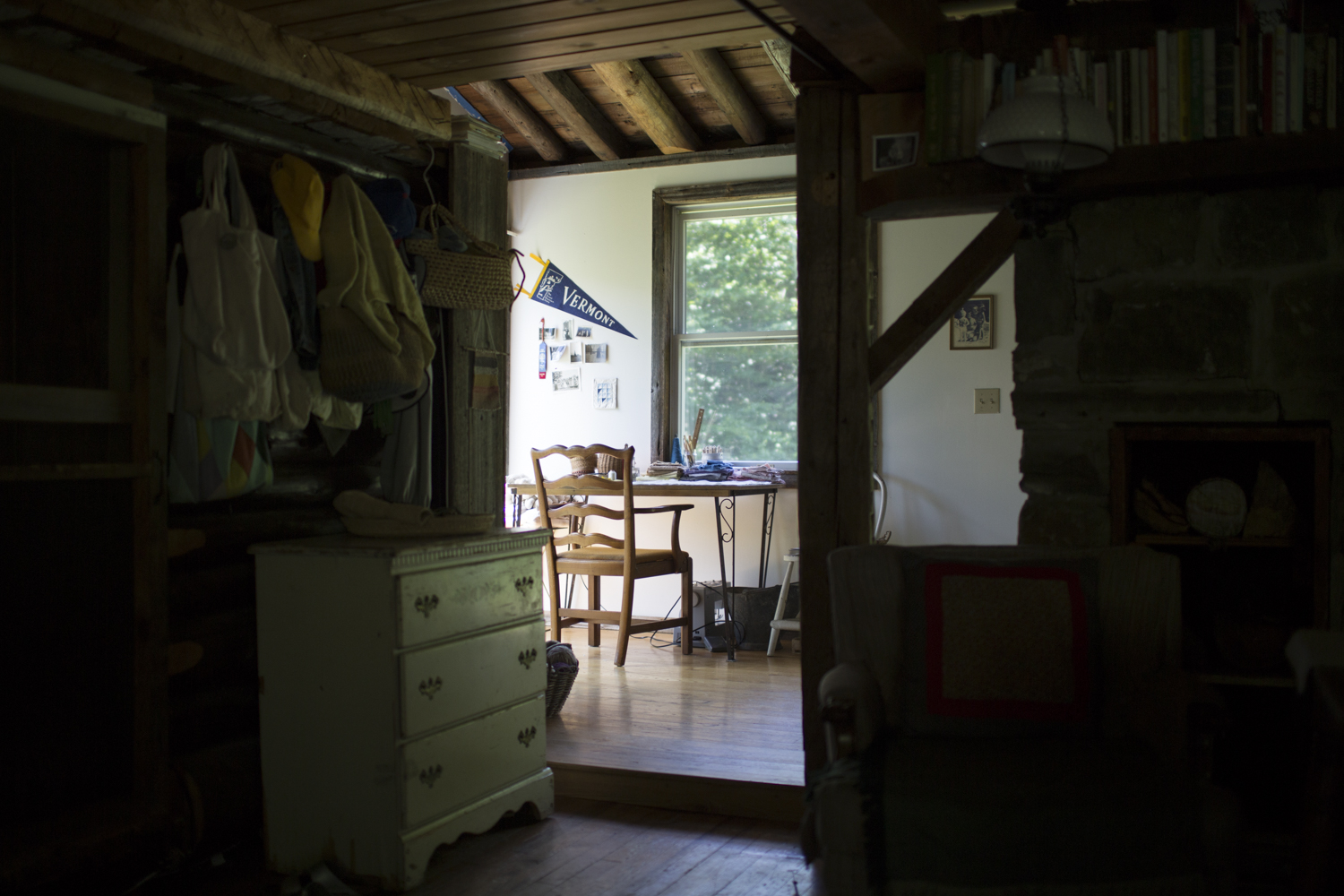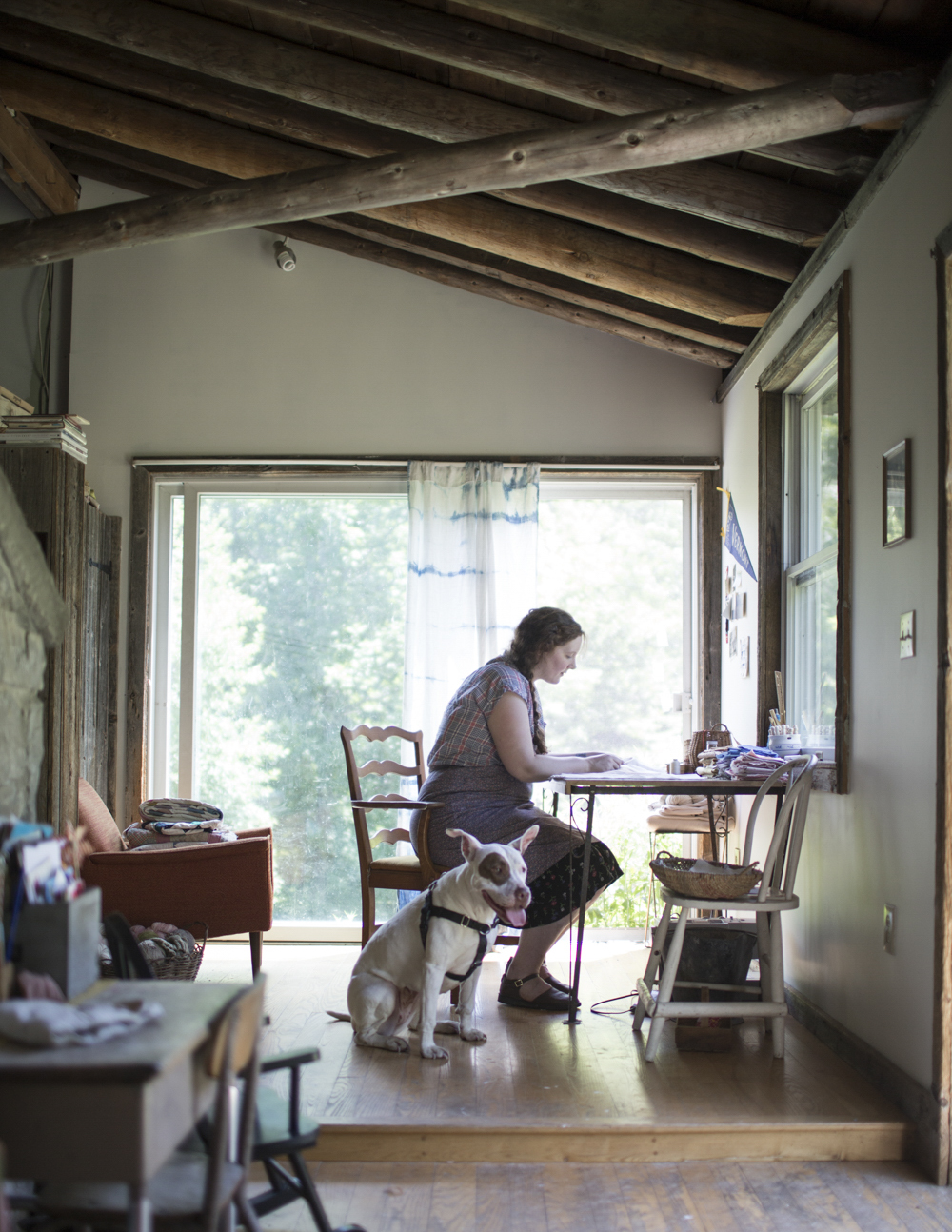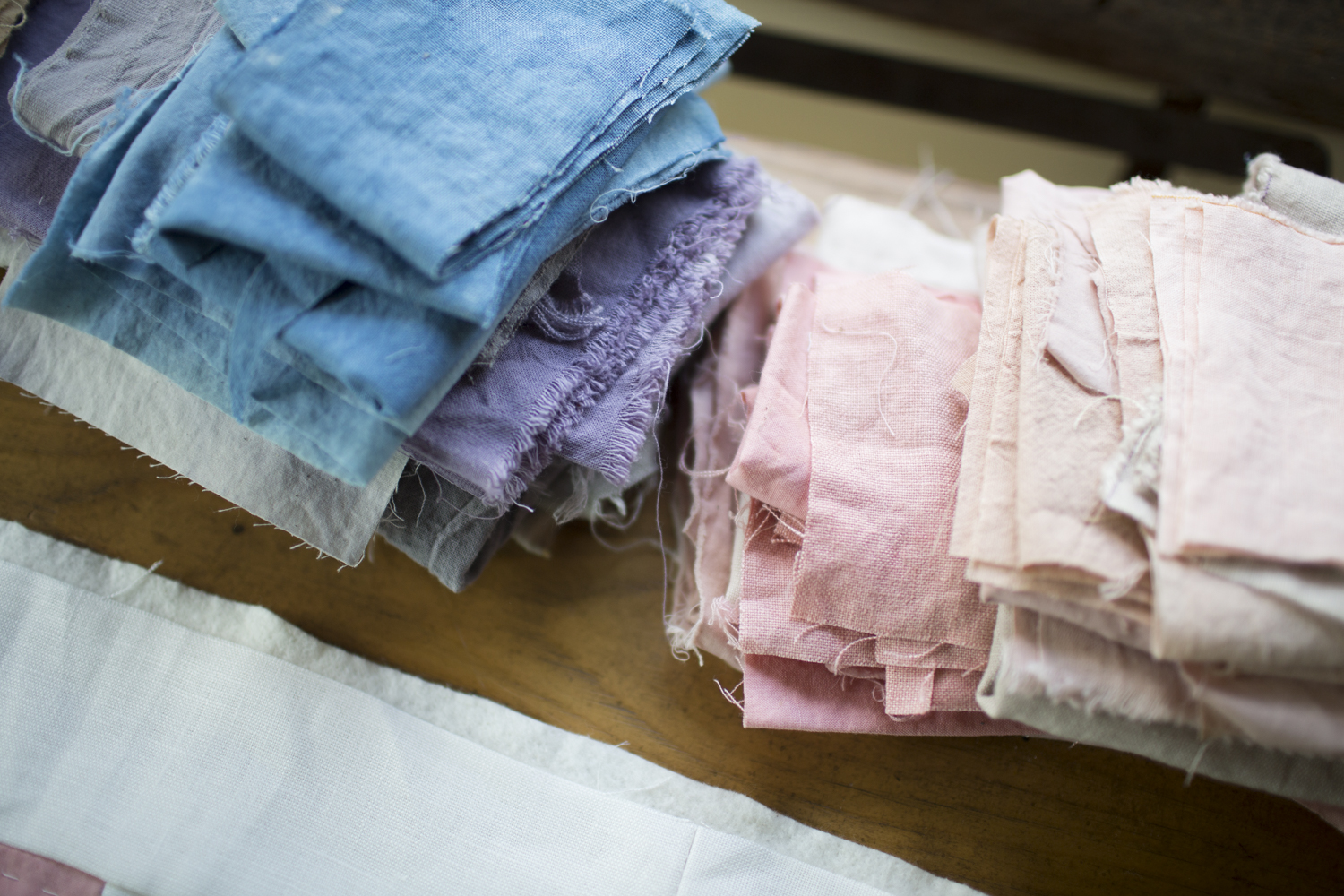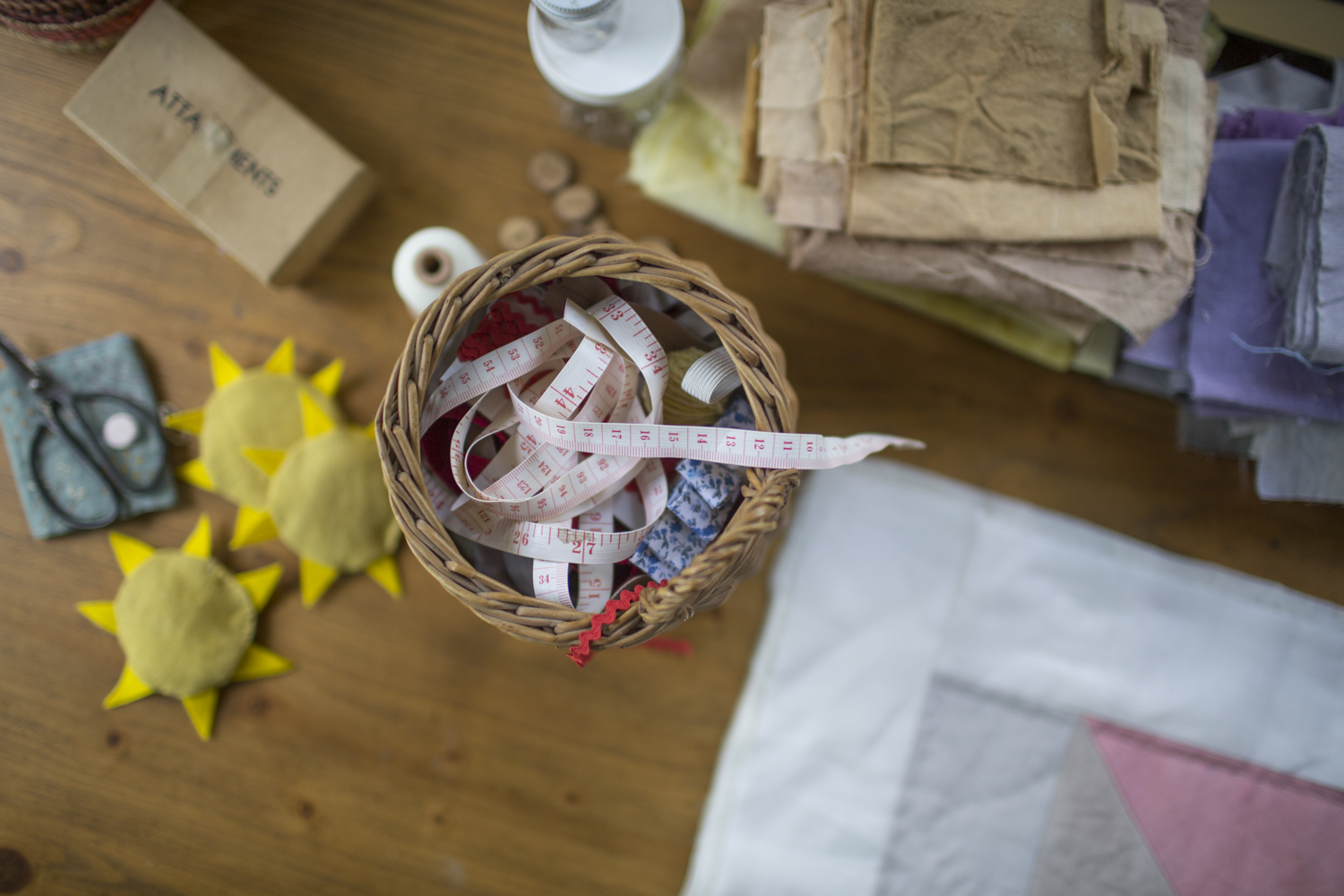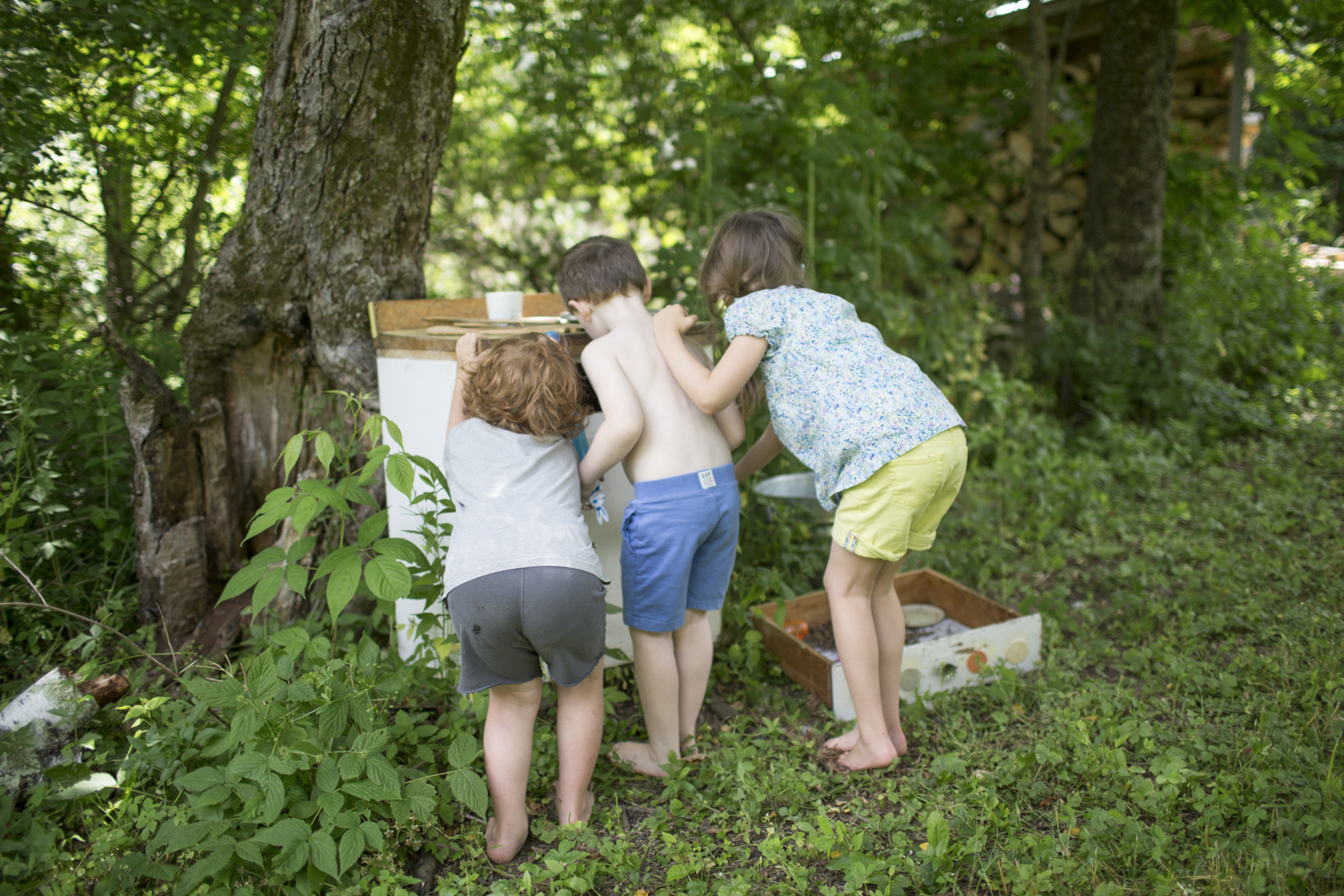Summer Color
Our day starts quiet and warm, one big and one small mug of tea and milk with leftover muffins toasted in homemade butter in the cast iron skillet. It rained for three days before this morning’s bright and welcome sun. When it rains hard mid-summer, booming thunderstorm, rain coming in through open windows kind of hard, you can see the changes in the earth. The garden is suddenly a forest of pigweed I was sure I’d just pulled on Tuesday, and the damp corners by the brook and throughout the forest are spotted with a rainbow of fungi. This morning, the animals are fed and Henry and I make a plan for a mushroom walk. It’s little more than just a walk, but we’ll take the route that carries up the mountain stream toward the waterfall to point and marvel purposefully at all the slimy brown and bumpy red toadstools we see along the way. Henry walks by my side describing the contraptions he plans to build from scrap bits of firewood and pointing out the jewelweed and nearly-ripe raspberries bordering the trail. We find a length of birch bark that looks just right for a toy canoe, and squirrel it away in our basket with a half dozen bee balm blossoms and an especially nice looking grey rock. We reach the waterfall and we’ve spotted more than fifteen different mushrooms ranging in color from beige to deep violet to bright carmine red. We stop for a sip of water and wonder at what kinds of creatures are taking bites from the brown mushroom caps along the brook’s edge and how long it would take to climb all the way up the mountain. Too long for today, we decide. We make our way slowly back down the trail and I’m struck by the presence of every other season in our surroundings, even on a hot July day, the very height of summer.
Small treasures on window sill
Vermont’s seasons are so specific, intentional, complete, yet as we swat away flies and gather St. John’s wort I can see the oak leaves that fell last fall gathered in mucky puddles for frogs to hide under and the mountain-spring-fed stream is as cold as it was in March when we dip in our toes. The baby growing steadily in my belly gives a swift kick, reminding me further still that summer will come to a close before we’ve really eaten our fill of blueberries and autumn and winter and all the changes they bring for home and hillside will follow close behind.
We pass through the garden on the way back to the house and gather four ripe beets. The roots we’ll clean and cook and turn into a rich pink puree fit for an afternoon cake. The greens we’ll cook with beans and summer squash for lunch. At home there’s a stainless steel pot on the stove where a few big handfuls of black eyed susan flowers are soaking for a dye bath, and another basket next to them on the shelf full of queen anne’s lace flowers from the meadow down the dirt road. Dried bedstraw root rests on the windowsill. Outside the window a bucket of fermented indigo sits strong and dark.
High summer is dye season. The fields are full of flowers, leaves, and roots that will yield a soft rainbow of yellows, browns, greens, and pinks, and part of my work is to capture them in fiber form for the brown and grey-heavy months on the other side of the year. I like to think turning summer flowers into colors and sewing them into quilts warms more than just our limbs when we’re hovering close to the woodstove in January.
Jessica and Henry bind fabric for dyeing
After lunch Henry goes to the coop for eggs to mix into our cake batter, and we turn the oven on and escape to the outdoors while it bakes. I’ve brought lengths of linen and cotton to dye, and we give the indigo vat a good stir to wake it up. Naturally fermented indigo vats have a life cycle: weaker in winter when it’s cold (or frozen), and revived in summer, armed with consistent heat, ready to impart its particular shade of deep blue onto soft linen, old t-shirts, our hands. It’s this very aliveness I’m trying to capture, a color that in February won’t just be blue but instead sky and fresh water and those blueberries we gather on our way back from an afternoon swim. We soak the fabrics in the stream; squeezing and wringing them out to make sure they’re wet all the way through before dropping them into the vat. Henry stirs them around for a moment, and we put the top back on to keep out the oxygen while they soak. We head to the pond to catch a few frogs, then the cake is done and I set it on the counter by the window to cool. Returning to the indigo, we pull the fabrics out one at a time. At first the linen is a bright green and quickly as it’s exposed to air transforms to aqua blue and finally a true blue shade. I hang them on the line to dry. Henry’s gone off to tinker with his hammer and nails and maybe poke around for rocks in the stream.
Working on a small quilted panel
Inside, I fill the dye pots for the queen anne’s lace and black eyed susans and plunk a couple of bee balm blossoms from the morning’s walk into a mug of hot water for tea. Once the color is extracted from the dye flowers, I’ll use them to color more linen and cotton, a skein of wool for a tiny sweater. A baby born in late autumn won't see the flowers and tall green grass for months to come and ought to have a bit of summer’s colors to keep him warm. Henry comes inside to make icing and we end our afternoon with rich chocolatey slices of beet cake on the porch. The evening starts to settle in and it’s time to open the windows, make dinner, and maybe walk to the pond for one last dip now that the kitchen- and quickly our whole small cabin- is filled with the heat of summer baking and big pots of simmering flowers.
At bedtime, Henry asks for a story about elves that live among the mushrooms. Lights are switched off, and I return downstairs to take the dye pots off the stove and rinse their contents. A pale yellow and a soft brown emerge and I hang them out to dry.
These dyes of summer will be our memory-keepers. Just the way we so easily recognize the autumn and spring in the middle of summer, these colors will help us remember the endless sun, loud storms, abundant garden, and warm morning walks when winter's turn has come. A babe wrapped in soft yellow wool sleeping by the fire, a quilt pieced from indigo linen on our laps while we read, objects imbued with the light and sun and life of the warmer months will call to the mind berry pies, pond days, wildflower bunches, and long hazy afternoons of a summer well spent.
Fabrics ready for natural indigo dye






